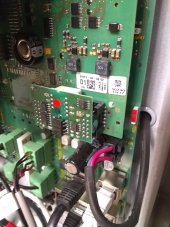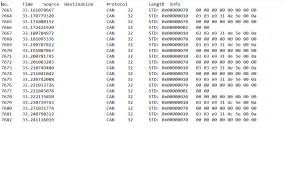Consumerbot3418
Fitting square pegs into round holes... for fun?
Yep, thanks, I've had ClassicMQTT running for a while, as well.ClassicMQTT was about the first thing I got set up with my RPi and it's pretty straightforward thanks to the great Midnite guys, and their forum has good info.
I was specifically concerned about the Sunny Island being able to communicate with the Midnite directly, as @Hedges alluded to. I don't know how that would work, but if they spoke the SMA protocol for SI Charger, then maybe things would run a bit smoother when it comes to charging stages on the battery. As it stands, the Midnite and SI have their own set points for charging stages, and timers, too. Maybe they could have had some synchronization?
I probably shouldn't waste my time worrying about stuff like this--the PV harvest off the Midnite is negligible, anyway. There's just too much shading from the light towers, and even the other bank of panels.






